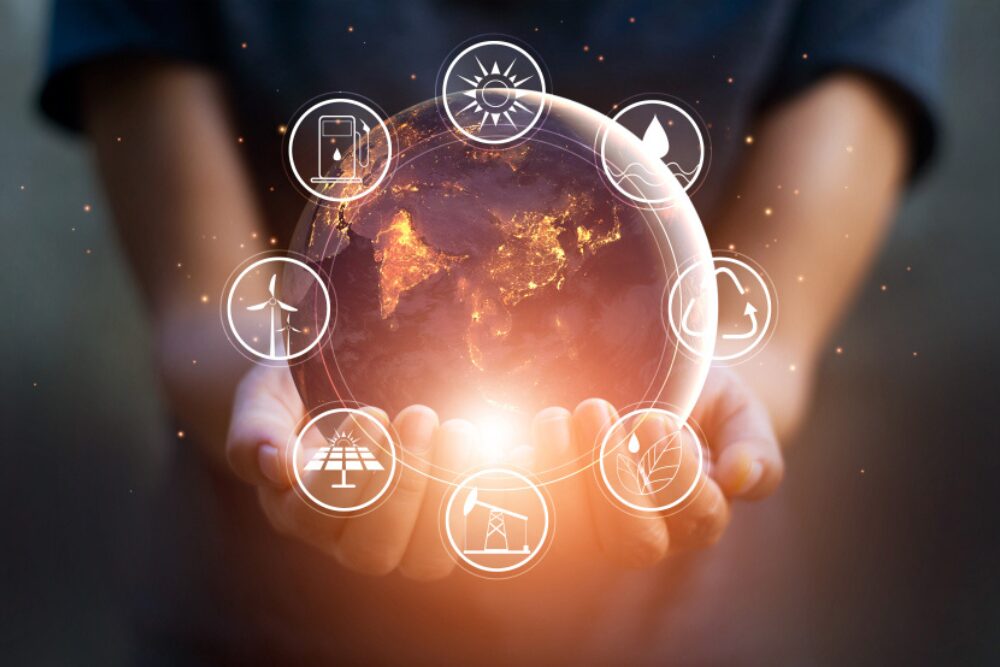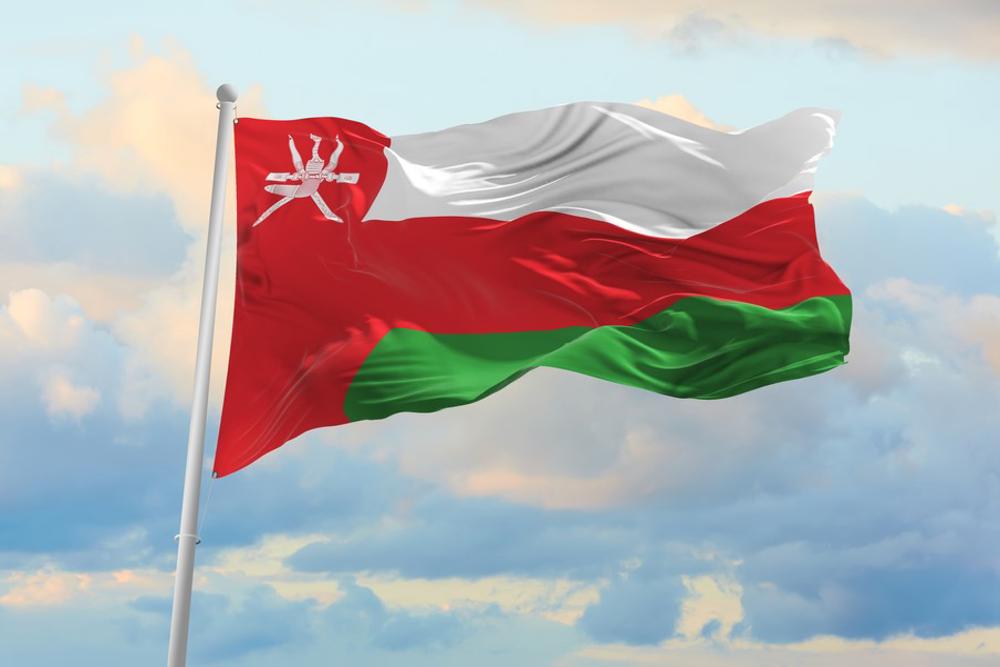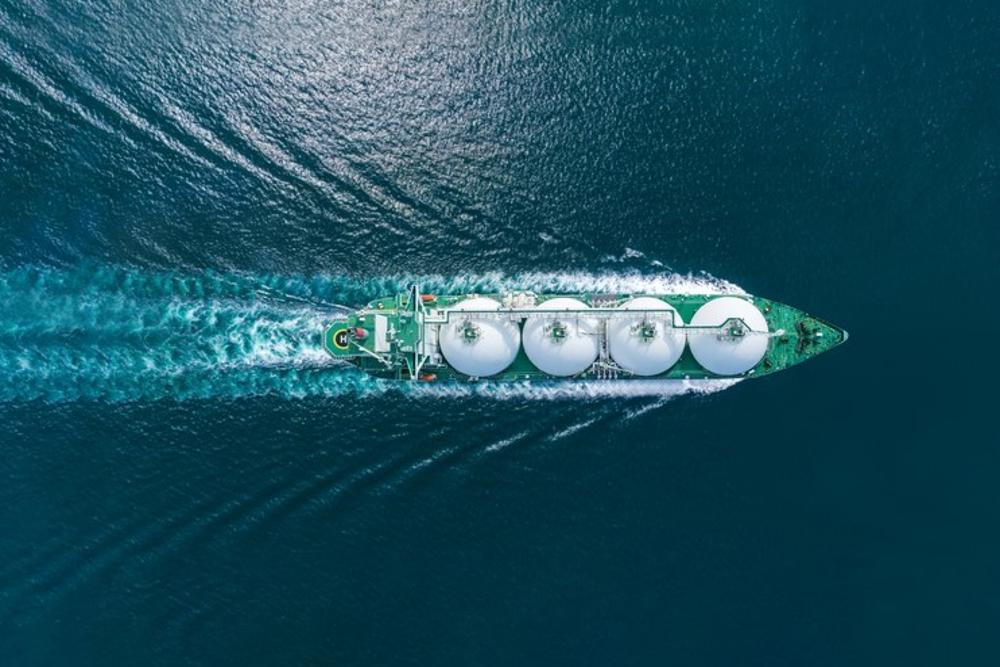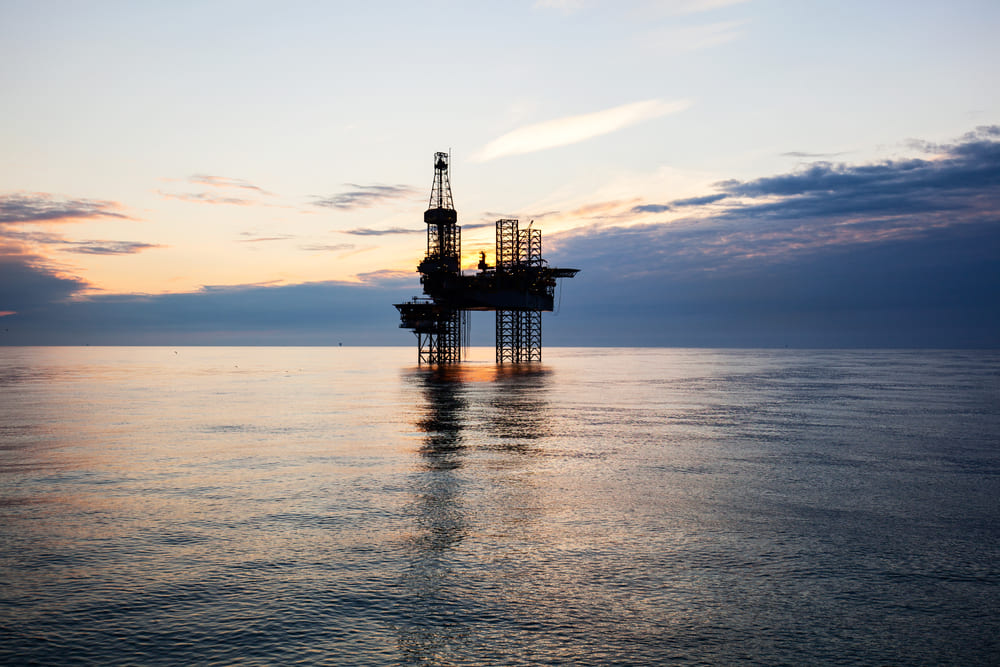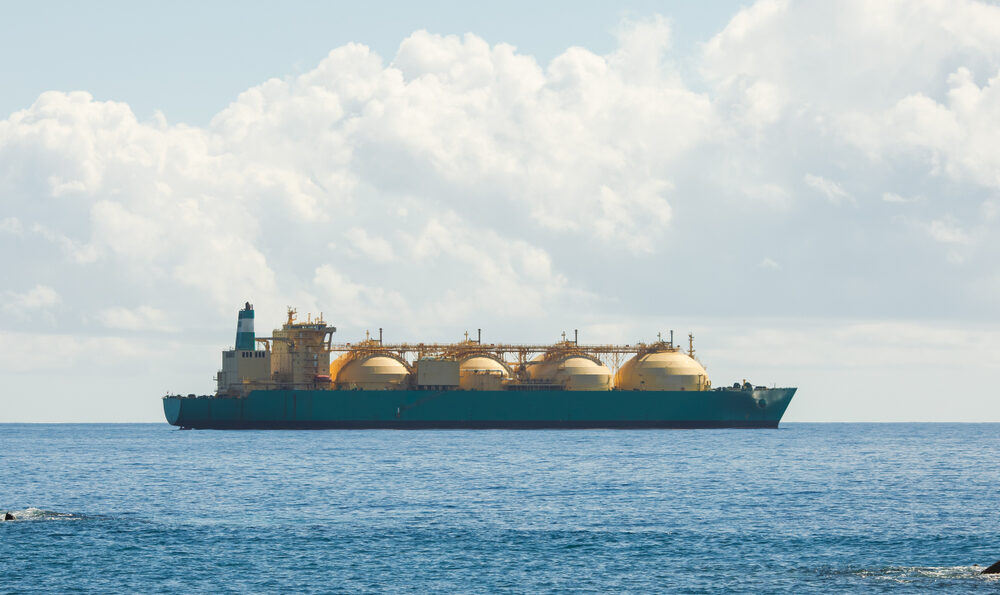
Australian producers need to be at the forefront of green LNG to remain competitive, says Wood Mackenzie.
As the energy transition gathers momentum, countries and corporates are racing ahead to announce net-zero pledges and decarbonisation targets. Countries with carbon neutrality pledges now account for 30 per cent of global gas demand and 75 per cent of LNG demand. The list includes some of Australia’s largest LNG customers – China, Japan and South Korea.
In addition, faced with new and lower-cost LNG supply coming online over the next decade from Qatar and Russia, Australian producers must do more to avoid losing market share.
Speaking at the APPEA conference on Thursday, Wood Mackenzie senior analyst Daniel Toleman said: “As the world’s largest LNG supplier in 2020 and a jurisdiction leading the push to decarbonise, Australia can be a frontrunner in green LNG. Australian operators are not only looking to fully offset the emissions of cargoes but also are among the first to materially reduce emissions.”
‘Carbon-neutral’ or ‘green’ LNG has made a big splash in industry headlines since mid-2019. But to date, it accounts for only a small share of the global LNG market, less than 1 per cent of delivered cargoes up until 2021.
While there is still no clear template for what a carbon-neutral LNG cargo is in emission accounting terms, emphasis on emissions associated with the entire LNG value chain from production to end-user consumption is growing.
Mr Toleman said: “There is no doubt that more needs to be done. Carbon offsets are just a step along the road to greener LNG and ultimately must be coupled with efforts to materially reduce emissions in the value chain.”
Australia is home to some of the most emission-intensive LNG plants in the world. The average emission intensity of LNG projects globally is 0.56 tCO2e/tLNG (tonnes of carbon dioxide equivalent per tonne of LNG produced) and over half of Australian LNG plants have emissions above this level.
Emissions originate throughout the supply chain. One of the key causes is the high CO2 fields that supply several Australian LNG projects. Another cause is the location of upstream supply sources which are at a considerable distance from the LNG plants they supply. As a result, significant compression, which is highly emission-intensive, is required to transport the gas.
“To protect market share Australian operators must reduce their carbon footprint. Initial steps are being taken, but progress is not fast enough,” Mr Toleman said.
Key options being advanced include carbon capture and storage (CCS) and replacing gas-powered generation with renewable power and batteries.
The approach for carbon reduction will vary for new and existing projects. While it may be uneconomical for existing projects to adopt renewable power due to sunk capital in building gas-powered generation, new projects can install electric drives to utilise renewable energy and batteries.
Batteries can lower gas usage at LNG plants as less spinning reserve is required. Microgrids combined with batteries reduce the fuel usage on offshore platforms and solar power could cut the emission intensity from coal seam gas developments.
CCS is another option. However, it brings many challenges. Regulators must allow carbon credits to be assigned to injected CO2. CCS also requires a carbon price to work commercially.
Mr Toleman added: “We are still far away from both a global carbon price and a carbon creditation system for CCS in Australia. There are also geological and technical hurdles, as evidenced by ongoing issues at the Gorgon LNG CCS project.”
“As carbon consciousness increases, LNG marketing must evolve. The delivered cost of LNG will no longer be the only cost factor for buyers and ultimately carbon cost considerations will lead to new differentiations and scrutiny between projects.”





